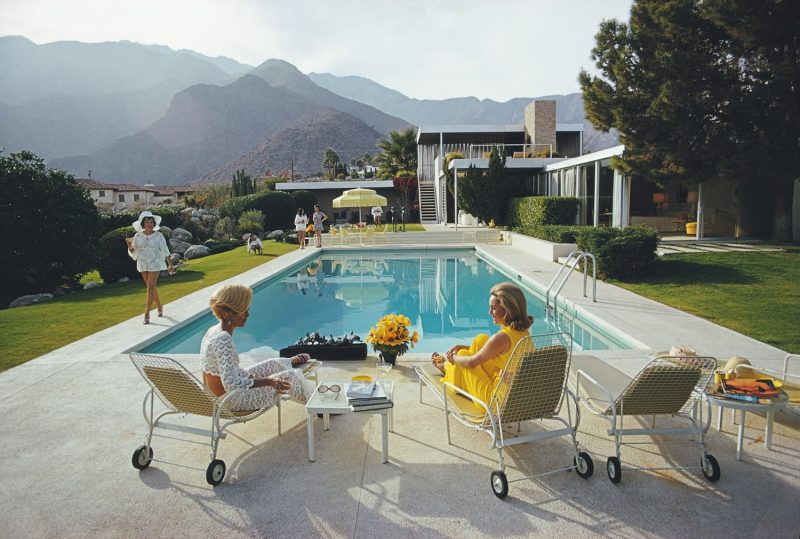In recent years, the trend of elaborate and expensive backyard pool installations seems to be waning among American homeowners. This shift can be attributed to several factors, including changing consumer preferences, economic considerations, and environmental consciousness.
One significant reason for the decline in the popularity of backyard pools is the changing lifestyle preferences of consumers. Millennials, who currently make up a significant portion of homebuyers, tend to value experiences over material possessions. They are more likely to invest in travel, fitness activities, and social experiences rather than traditional luxury items like backyard pools. This shift in priorities is reflected in the decreasing demand for pool installations across the country.
Another factor contributing to the decline in backyard pools is the rising cost of construction and maintenance. Building a pool can be a significant investment, with costs ranging from tens of thousands to hundreds of thousands of dollars, depending on the size and complexity of the project. In addition to the initial construction costs, ongoing maintenance expenses, including water, chemicals, and energy for heating and filtration, can add up over time. With economic uncertainty and increasing awareness of the long-term costs associated with pool ownership, many homeowners are opting for more cost-effective and sustainable alternatives.
Environmental concerns are also playing a role in the decreasing popularity of backyard pools. Pools require a significant amount of water to fill and maintain, leading to concerns about water conservation, especially in regions experiencing drought conditions. Additionally, the chemicals used to treat pool water can be harmful to the environment if not managed properly. As more homeowners become environmentally conscious and seek ways to reduce their carbon footprint, the environmental impact of owning a pool becomes a deterrent for many.
In response to these changing trends, homeowners are exploring alternative options to traditional backyard pools. One emerging trend is the popularity of natural swimming pools, which use aquatic plants and biofilters to maintain water quality without the need for chemicals. These eco-friendly pools offer a more sustainable and aesthetically pleasing alternative to traditional pools, appealing to environmentally conscious consumers.
As the demand for backyard pools continues to decline, it is clear that American homeowners are reevaluating their priorities and seeking more sustainable and cost-effective alternatives. Whether driven by changing lifestyle preferences, economic considerations, or environmental consciousness, the shift away from elaborate pool installations signals a broader trend towards more mindful and practical choices in home improvement projects.

